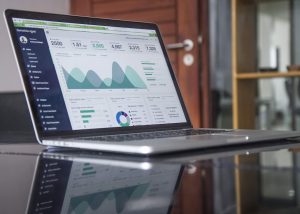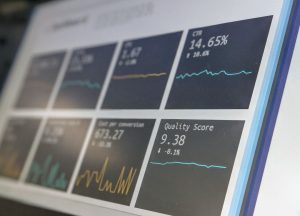Forex trading is an exciting and lucrative activity that has attracted many traders across the globe. However, becoming a successful forex trader requires more than just buying and selling currencies. It requires a deep understanding of the market and the ability to make informed decisions based on a variety of factors like economic indicators, technical analysis, and market sentiment.
Professional traders in forex have a unique approach to trading that sets them apart from amateur traders. In this article, we will explore the strategies and techniques used by professional traders to trade forex.
1. Fundamental Analysis
One of the key strategies used by professional traders is fundamental analysis. This involves analyzing economic and financial data to determine the underlying factors that drive currency movements. These factors include interest rates, inflation rates, GDP growth, employment data, and geopolitical events.
Professional traders use a variety of tools and resources to gather and analyze this data, including financial news websites, economic calendars, and government reports. By understanding the economic factors that drive currency movements, professional traders can make informed decisions about when to buy or sell a particular currency.
2. Technical Analysis
Another important strategy used by professional traders is technical analysis. This involves analyzing charts and identifying patterns that indicate future price movements. Technical analysis tools include indicators like moving averages, MACD, and RSI.
Professional traders use technical analysis to identify trends, support and resistance levels, and other key price points. By understanding these patterns, traders can make informed decisions about when to enter and exit trades.
3. Risk Management
Professional traders understand the importance of risk management in forex trading. They use a variety of techniques to manage risk, including stop-loss orders, position sizing, and diversification.
Stop-loss orders are used to limit the potential loss on a trade by automatically closing the position if the price reaches a certain level. Position sizing is used to ensure that each trade represents a reasonable percentage of the trader’s account balance. Diversification involves spreading risk across multiple currency pairs to reduce the impact of losses.
4. Trading Psychology
Professional traders also understand the importance of trading psychology. They recognize that emotions like fear and greed can have a significant impact on trading decisions, and they work to control these emotions and maintain a disciplined approach to trading.
Professional traders use a variety of techniques to maintain a positive trading mindset, including meditation, visualization, and journaling. They also use trading plans and checklists to ensure that they remain focused and disciplined in their trading activities.
Conclusion
Professional traders have a unique approach to forex trading that sets them apart from amateur traders. They use a variety of strategies and techniques to analyze the market, manage risk, and maintain a positive trading mindset.
By understanding the strategies and techniques used by professional traders, amateur traders can improve their own trading performance and increase their chances of success in the forex market. However, it is important to remember that forex trading involves a high degree of risk, and traders should always approach the market with caution and discipline.





